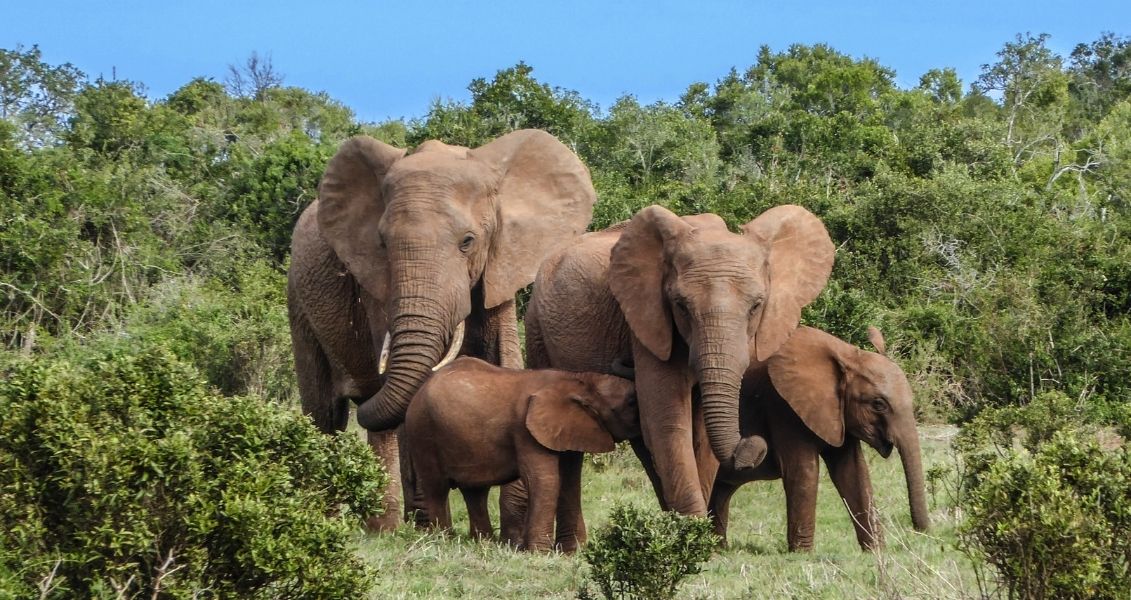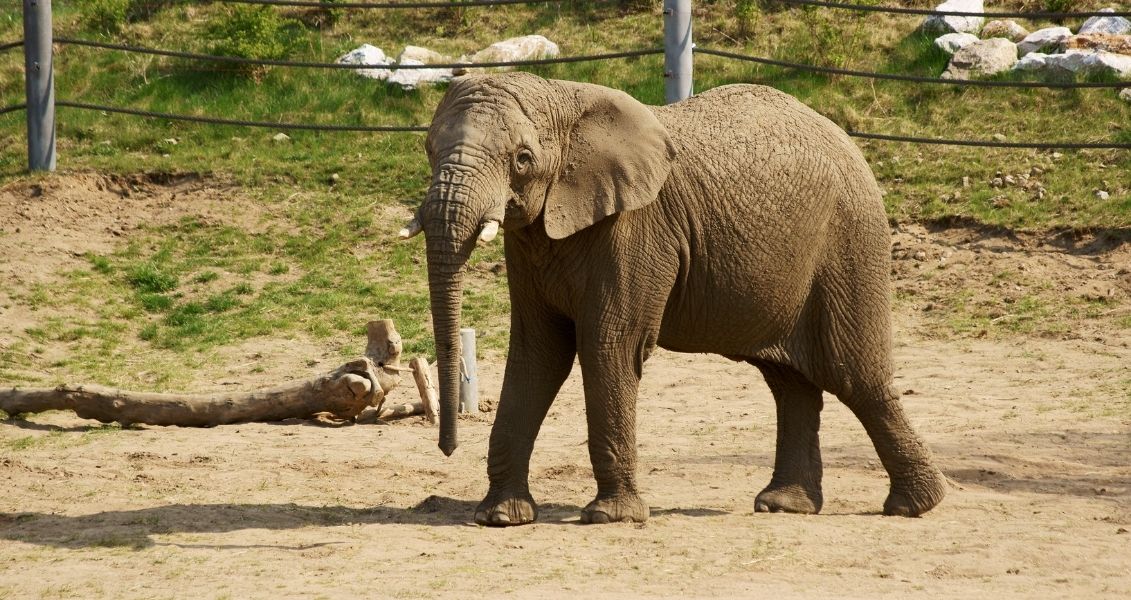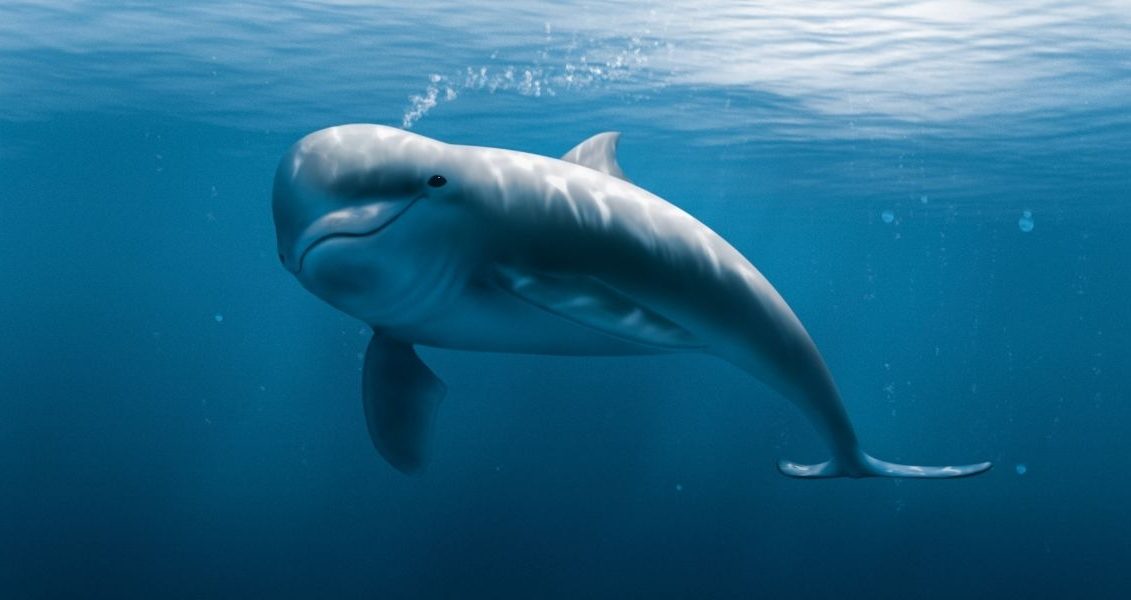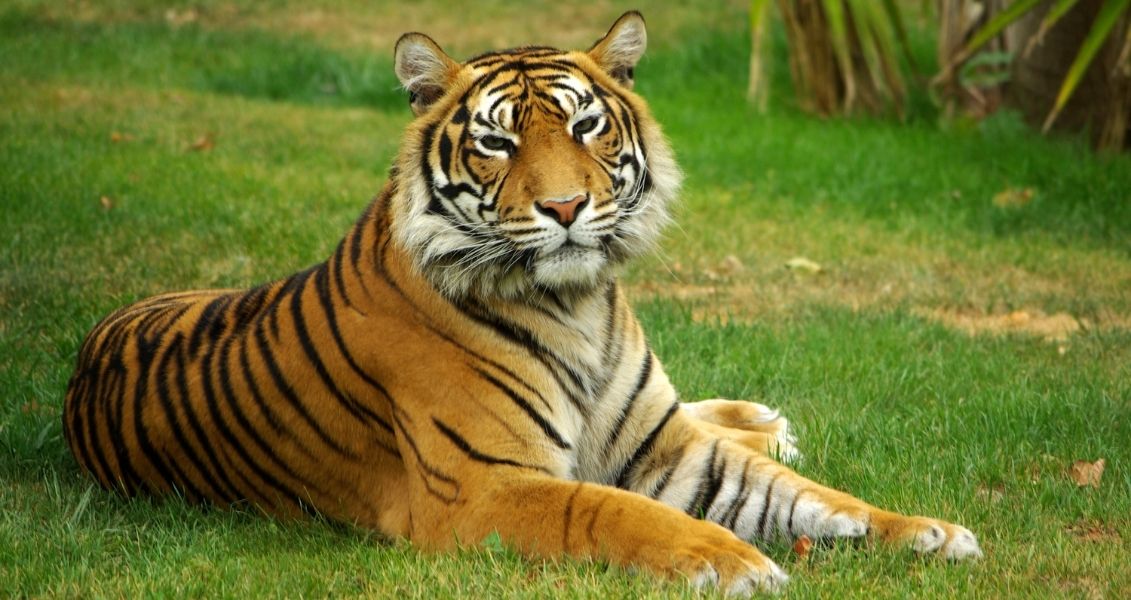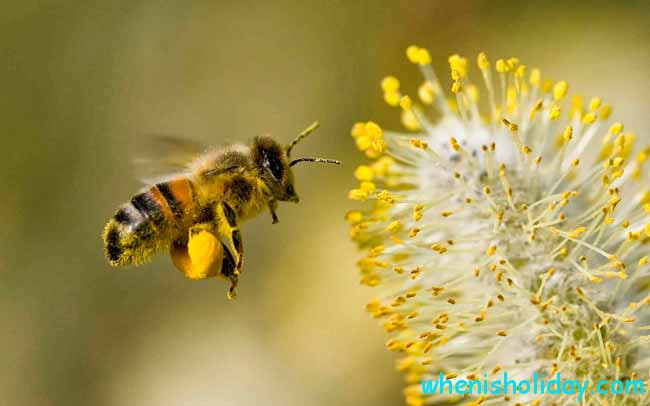Animals are one of the best friends of people. We adore them, we support them and vice versa. Sometimes, we can rely on them and be sure that nobody will be informed. Hundreds of thousands of them are represented in our world and today we gonna talk about animal world giants – elephants.
Well, to start with, it should be said about their high intelligence and stamina which provides them the highest place in the wild. Before we are going to dive into the summary details of the topic, we should summarize what and when National Elephant Appreciation Day in 2025 is.
So, National Elephant Appreciation Day is held every year on 22nd of September since 1996 and is organized to emphasize such a high estate in nature as an elephant. It should not be forgotten and we must support them by creating such days in order to maintain their existence.
History
Well, in case we want to get instantly what day National Elephant Appreciation Day in 2025 is, we should delve into descriptions and details of our topic.
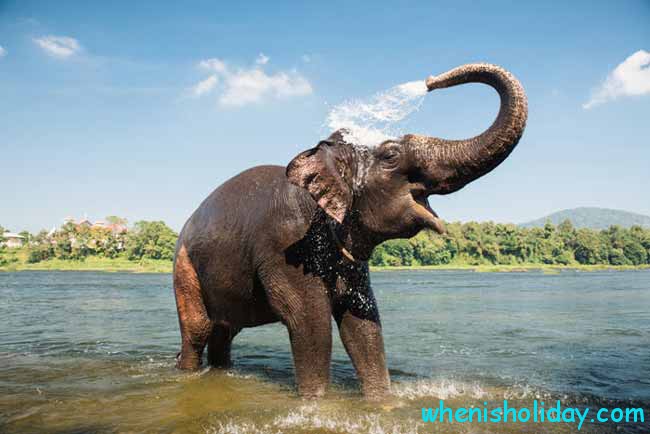
The elephant is the largest land animal of the mammal class, such as chordates, proboscis, elephant families (in Latin – Elephantidae).
The height of the elephant is 2-4 m and the weight is from 3 to 7 tons. Species in Africa, especially in Savannahs, often have masses of up to 10–12 tons. The powerful body of the animal is covered with thick (up to 2,5 cm) skin of brown or gray color with deep wrinkles. The elephant cubs are born with a rare bristle, the adult individuals are practically deprived of pelage.
The head of the animal is quite large with remarkable ears that have a sufficiently large surface, they are thick at the base with thin edges, as a rule, are a good regulator of heat exchange. Ears whipping allows the animal to increase the cooling effect. The leg of the elephant has 2 knee cups. Such a structure makes them the only mammal that cannot jump. In the center of the foot, there is a fat pad, springing at each step, which allows these powerful animals to move almost silently.
The elephant’s trunk is an amazing and unique organ, formed by a fusion of a nose and an upper lip. Tendons and more than 100 thousand muscles make it strong and flexible. The trunk performs a number of important functions, while simultaneously providing the animal with breathing, sense of smell, touch, and food grasping. Through the proboscis elephants defend themselves, wash themselves, eat, communicate and even raise their offspring. Another “attribute” of appearance is their tusks. They grow throughout life: the more powerful are the tusks, the older is their owner.
The tail of the elephant is about the same length as the hind legs. The tip of the tail is framed by hard hair, which helps to drive away insects. The elephant’s voice is specific. Sounds that the adult animal produces are called boars, moo, whisper and roar of an elephant. The life span is about 70 years.
They can swim very well and love water procedures, and their average speed of movement overland reaches 3-6 km/h. When running for short distances, the speed of an elephant sometimes increases to 50 km/h.
African species live in hot Africa: in Namibia and Senegal, in Kenya and Zimbabwe, in Guinea and the Republic of Congo, in Sudan and South Africa, animals in Zambia and Somalia feel great. The main part of the livestock, unfortunately, is forced to live in national reserves, so as not to become a prey for barbarians-poachers. The animal lives on any landscape, but tries to avoid the desert zone and too dense tropical forests, preferring the Savannah zone.
Indian species live in the north-east and south of India, in Thailand, China and on the island of Sri Lanka, live in Myanmar, Laos, Vietnam and Malaysia. Unlike fellow Africans, Indian ones like to settle in a wooded area, preferring bamboo thickets of the tropics and thick bushes.
Approximately 16 hours a day they are busy absorbing food, while eating about 300 kg of vegetation with appetite. They eat grass (including cattail, papyrus in Africa), rhizomes, bark and leaves of trees (for example, ficus in India), fruits of wild bananas, apples, marula, and even coffee. The diet of the animal depends on the habitat, as different trees and herbs grow in Africa and India. These animals do not bypass the agricultural plantations, inflicting significant damage on crops of maize, sweet potato and other types. To help them they are supported by tusks and trunks, chewing – molars.
In the zoo, they are fed with hay and greens (in large quantities), and also given vegetables, fruits, root vegetables: cabbage, apples, pears, carrots, beets, watermelons, boiled potatoes, oats, bran, willow branches, bread, bananas and other crops. For a day in the wild, an animal eats about 250-300 kg of food. In captivity, food consumption is as follows: about 10 kg of vegetables, 30 kg of hay and 10 kg of bread.
Adult individuals are known as “water bodies”. They drink about 100-300 liters of water per day, so these animals are almost always near water spots.
They form family flocks (9-12 individuals), including a mature leader, her sisters, daughters and immature males. The female elephant is a hierarchical link in the family, it ripens to 12 years, at 16 years it is ready to bear offspring. Sexually mature males leave the herd at the age of 15-20 (African ones – in 25 years) and become single. Every year, male individuals fall into an aggressive state, caused by an increase in testosterone, lasting about 2 months, so there are often quite serious clashes between the clans, ending in injuries. True, this fact has its advantage: competition with experienced colleagues stops the young male elephants from early mating.
Meaning
Knowing what National Elephant Appreciation Day means will undoubtedly facilitate all the details and traditions. So, when National Elephant appreciation Day is held, the main target is to honor this estate and gather with your friends and relatives visiting local zoos to support and keep in touch with these animals. Furthermore, you can search for more information by posting on social media with #ElephantAppreciationDay2025 hash tag, then click on in any social network and share your experience and emotions with others.
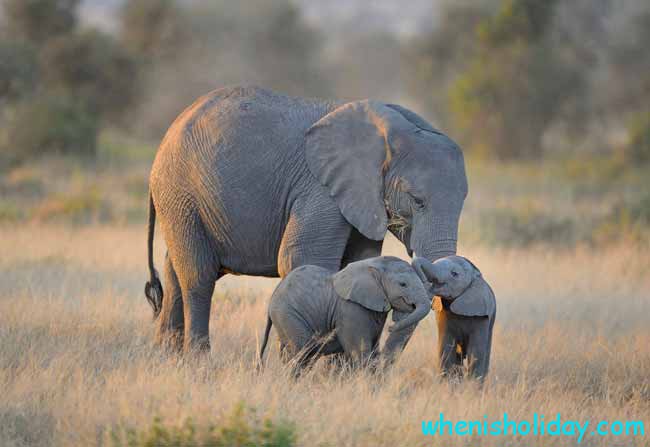
Definition
What is the date of National Elephant Appreciation Day 2025? The calendar has supervised us with this topic and we can turn to another.
The holiday means you should recollect the memories and stories connected with these animals and expand your collection with new photos and videos. On this day, many festivals and events connected with the topic are held and you’re welcome to visit anyone you most adore in order to support the importance of their existence.
Traditions
Generally speaking, each country has its own traditions in celebrating and you should orient yourself depending on the country you are in.
The oldest traditions of the Day:
- To gather with friends, families, colleagues in local zoos and try yourself in communication with these lovely species.
- Take as many photos and videos as you can because it all will show your indifference to this day.
Elephant Appreciation Day Facts
- The special structure of the hearing aid allows elephants to communicate among themselves at low frequencies covering huge distances.
- The elephant is an animal that does not sweat, because it has no sebaceous glands. Lowering the body temperature is aided by water procedures, mud baths and fanning the ears.
- Elephants are easy to tame and give in to training. In ancient times they were an excellent workforce and fighting animals. Today, elephants are used as vehicles in impenetrable places.
- Adult elephants are almost invulnerable, lions and crocodiles pose a danger to little elephants. The only enemy of elephants is a man who mercilessly destroys animals for meat, skin and bones. The barbarous fishing led to a sharp reduction in the elephant population, the inability of seasonal migrations and limited the habitat to reserves and national parks.
So, let your wishes connect to the traditions of the day and do not limit yourself to love the animals.















